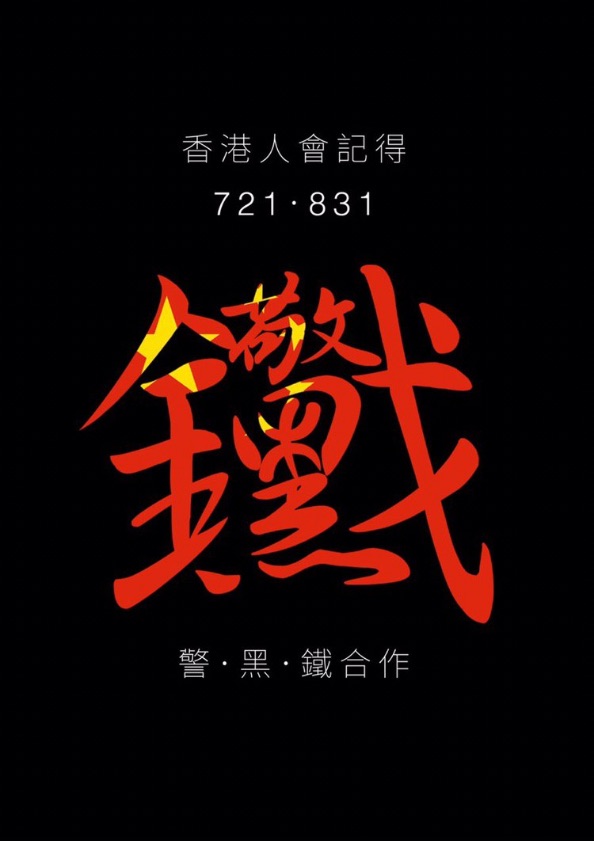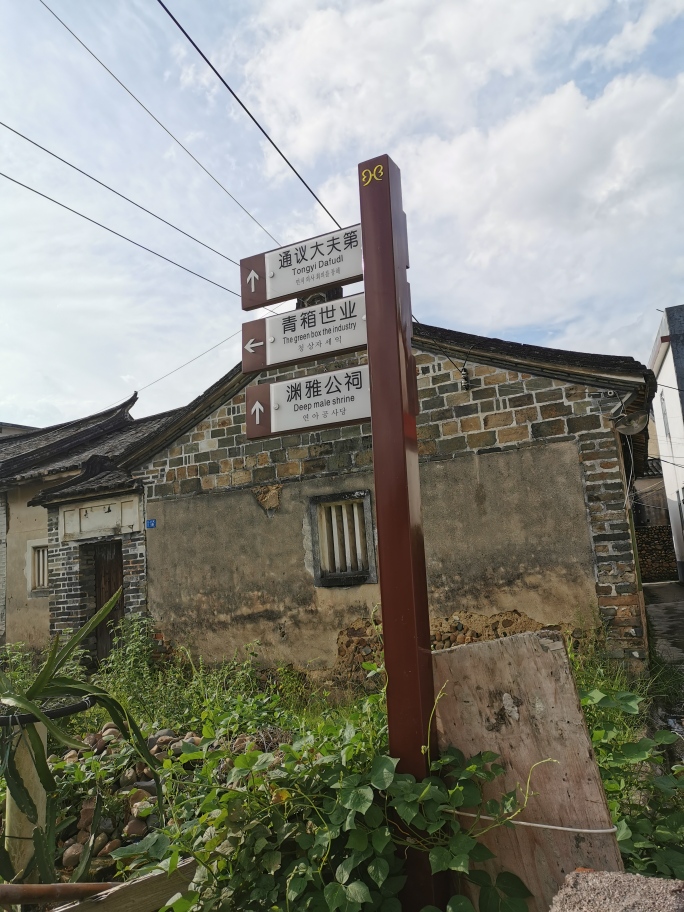Mongolian and Manchu translations of Chinese classics
Xinhuanet has a feature article on a "Mongolian sinologist devoted to translating Chinese classic works" (8/31/19). His name is Menerel Chimedtseye, and he is a professor at the National University of Mongolia in Ulan Bator. The scholar's Mongolian Cyrillic edition of The Book of Mencius was just published this past Saturday. With the appearance of his Mencius, Chimedtseye has now completed the translation of all of the Four Books, which also include the Great Learning, the Doctrine of the Mean, and the Analects of Confucius, and constitute the foundation of the core belief system of Confucianism. He has also translated Sun Zi's Art of War and other early Chinese works into Mongolian.
Read the rest of this entry »




